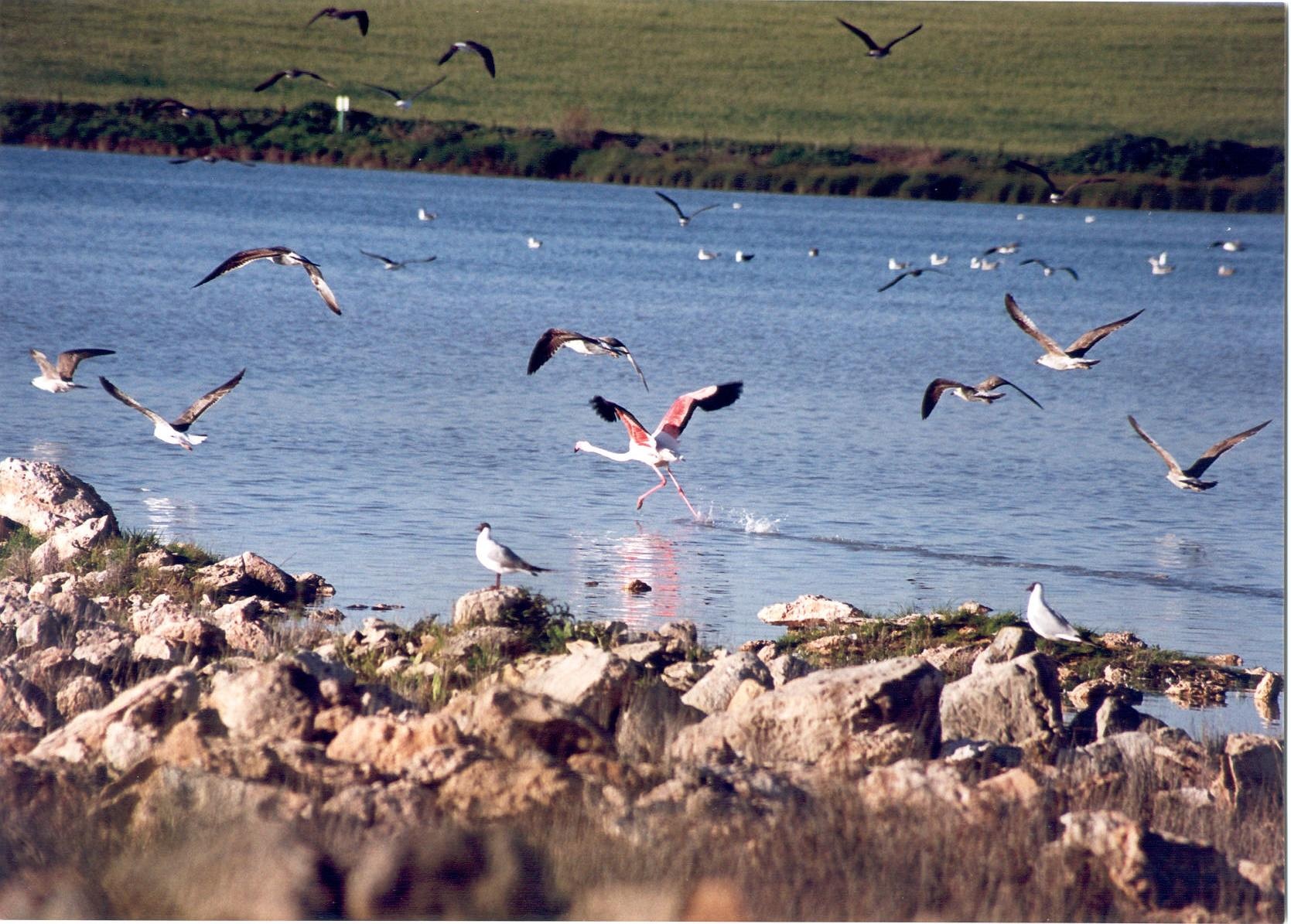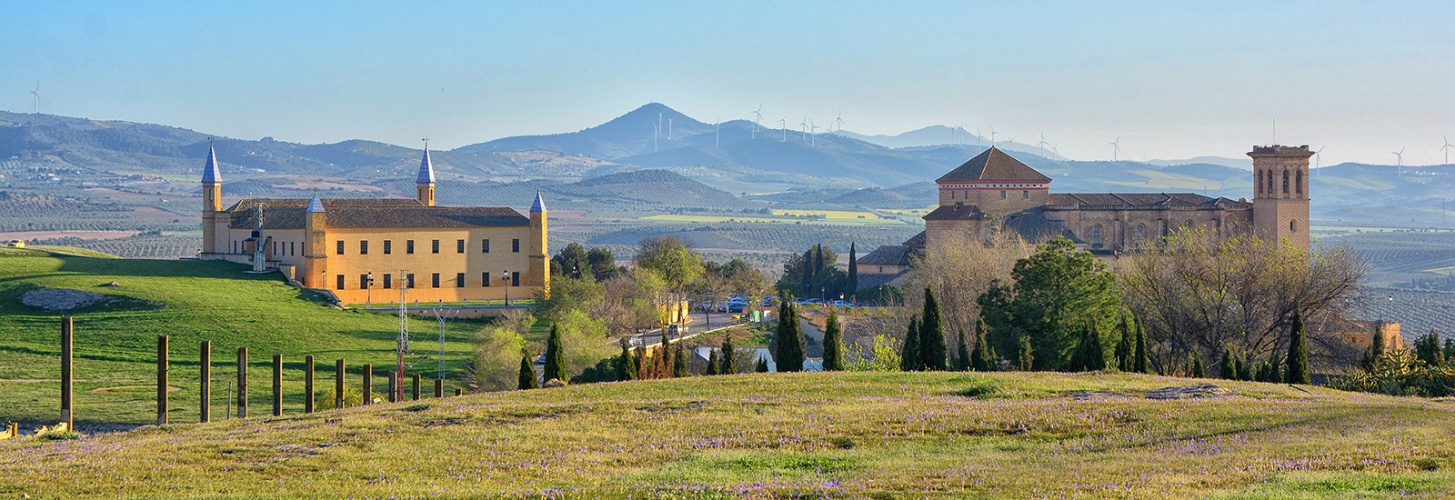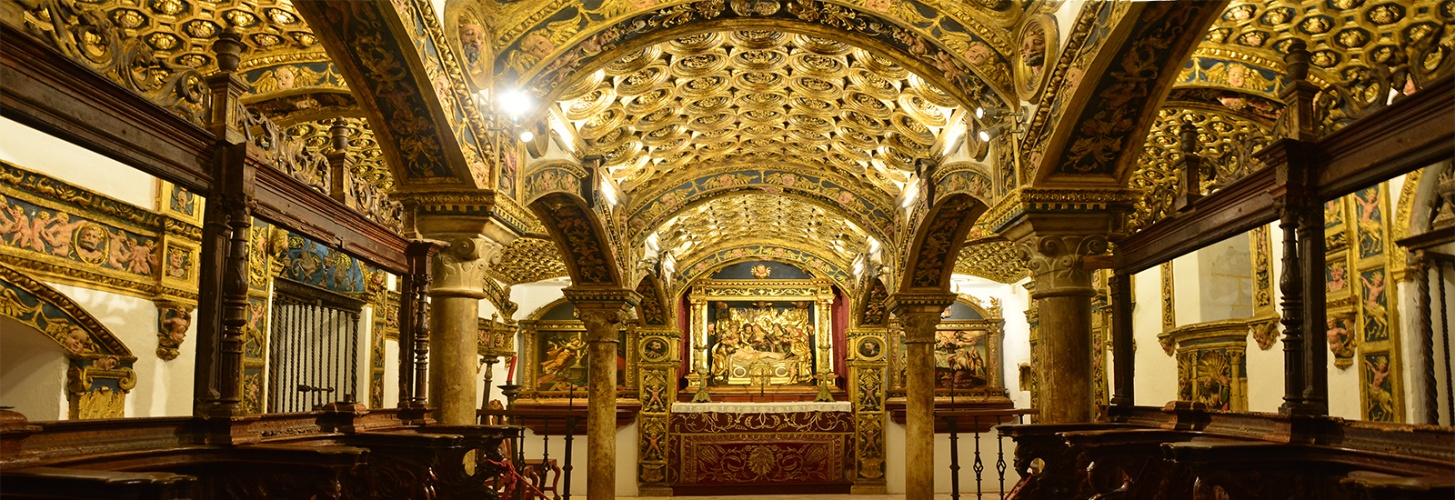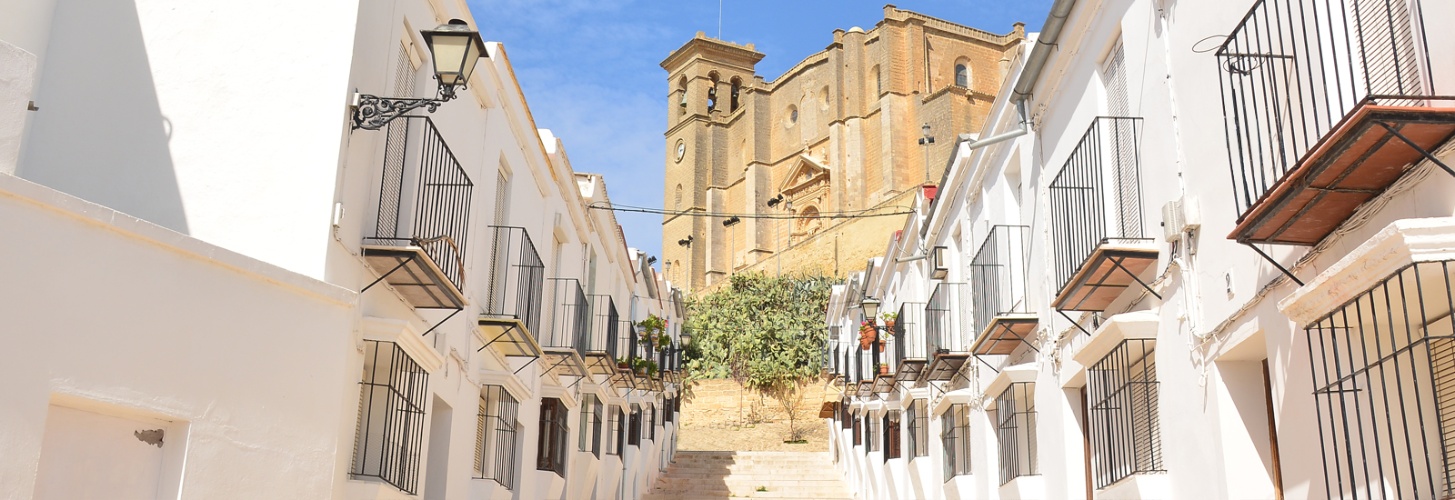Pools of Osuna Path

|
TYPOLOGIE OF PATH |
NAME |
TIME |
DISTANCE |
|
SL-A 158 |
LAGUNAS DE OSUNA |
2 houry 24 minutes |
8,4 km |
The trail begins on the road from the Rubio to the Lantejuela, at Saint Gema’s farmhouse. It continues through the young olive tree groves. This path matches the Rubio Cañada Real track, cattle route leading to the Ballestera’s Lake. The walker must cross the young olive trees of Saint Gema and the calm lands of Consuegra. At the Ballestera’s pool, we find a wonderful lake, surrounded by vegetation including salt cedars and populous. The traveller can relax and look at the wonderful landscape and fauna from any of the banks. If we choose to visit Pedro Lopez’s lake, we will take the path of the Matorrales farmhouse, in whose outskirts it is common to find great bustards. Just before Matorrales farmhouse we will turn left towards a hill. In the top, we can appreciate a few cypress trees and the remains of the former Hacienda of Pedro López farmhouse. We can still breathe the essence of the ancient patrician roman villa that was located here. From this point, we have a wonderful view of the Pedro Lopez’s pool, one of the most recondite of our complex. Southwest, we see the Oaks that form the Bishop’s Hut meadow, one of the few Mediterranean meadow forests remaining in the countryside after the agricultural transformation.
We will make then a route down a path from which we can appreciate a rich steppe landscape. We can observe the flora and fauna of the Ballestera and Pedro Lopez’s lakes, and if we are lucky, we will see Great Bustards. This area is one of the last strongholds of Mediterranean pasture in the Seville countryside.
In addition to these mentioned pools, we also can appreciate: the little Calderón pool, declared as a nature reserve, where we can watch different kind of endangered birds, such as, the white-headed duck, the Turquilla which is the only fresh water pool, La Huerta pool, Verdesal, Terrosillo and Hojuelos pool, among others.
The Great Bustard (Otis Tarda)
The Great Bustard is distributed irregularly through steppes, great plains and extensive cereal fields across Europe and Asia. Fifty per cent of the world’s population lives in Spain, mainly divided between Andalusia, Extremadura and the two Castillas. It is an easy recognizable bird due to its great size. In addition, males have light grey head and neck, with long whitish whiskers both sides of the chin. Upper parts are ochre, with black waves; under parts are white with an ochre band in the chest. Females are significantly smaller, and they have neither whiskers nor pectoral bands. While in flight, they show large white patches in the wings. The male Great Bustard is possibly the heaviest flying bird and it can weight up to 20 kg. It can be one meter in size and 2.5 m wingspan. Its diet is mainly vegetarian, but includes some animal meat. Young specimens only eat insects. Male’s courting is spectacular, with shocks and strange positions of the wings and head. Laying: two or three olive or tan coloured, glossy eggs are laid in a small ground scrape they are incubated only by the female, during about four weeks. Chickens are nidifugous, and they will follow their mother until they can fly, four or five weeks later. Bustards are very timid and it is impossible to get closer than five hundred feet to them.



